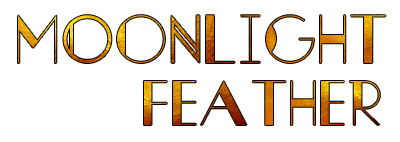DIY: Build Your Beginner Fly Tying Kit
Jul 27th 2016
When you first take up fly fishing, you won’t realize how much of your time and energy will be spent tying your own flies. You’ll spend more money than you expect purchasing your own flies, and as you lose the lures in bushes and trees you’ll eventually turn to fly tying as a way to cut costs or involve yourself in the intricate details of fly fishing.
For those new to the sport, choosing what materials to buy when you first begin fly tying can be overwhelming. Don’t spend a fortune – you will only need a few fly tying materials to build your beginner kit. Choose quality over quantity – investing in stronger materials makes the process easier and the fly last longer.
Thread: You can purchase fly-tying thread in a variety of sizes and colors dependent on the type of fly you’re constructing. The most general-purpose thread is 6/0: this size thread can be used for small nymphs or large streamers. Monochord thread is better suited for beginners, as the single thread means a reduced chance of fraying.
Dubbing: This material is what comprises most of the “body” of the fly you’re trying. You attach the fly by spinning dubbing onto the tying thread and winding it onto the hook to create the body. Synthetic and natural dubbing comes in a variety of colors and shades that can be blended together to create a visual equivalent of any bugs in your region.
Dubbing Wax: A good fly stays attached to the fishing hook. Dubbing wax adheres your dubbing to the thread by supplying a tacky surface that catches easily. For your beginner kit don’t purchase bulk quantities – try out a few different brands to discover your favorite.
Head Cement: To seal the thread wraps together tightly you’ll require head cement, which ensures thread doesn’t come undone between casts. Head cement also provides a coating so you can paint eyes on top of the fly head if necessary.
Hooks: Perhaps the most overlooked of beginner fly tying materials, hooks should be shaped to accommodate the types of flies you’re making. The width of the gap, or the hook size, will need to be altered based on the size and style of fly. For fly tiers the primary measurement of importance is the hook shank length.
Feathers: The hackle feather is among the most popular choices for fly tiers. Order some pheasant feathers from the neck or saddle for high quality fly ties. Black, charcoal gray, and an earthen brown are all wise color choices that can be used to replicate multiple types of insects. Fly tying feathers must be tiny and lightweight while attracting attention, like jungle cock neck feathers that feature a striking colorful pattern. For more beige, naturally hued insects with fuller bodies, try these bleached peacock flue feathers.
As you perfect the art of fly tying you’ll expand your kit considerably, but for a first-timer these materials are an absolute necessity.
